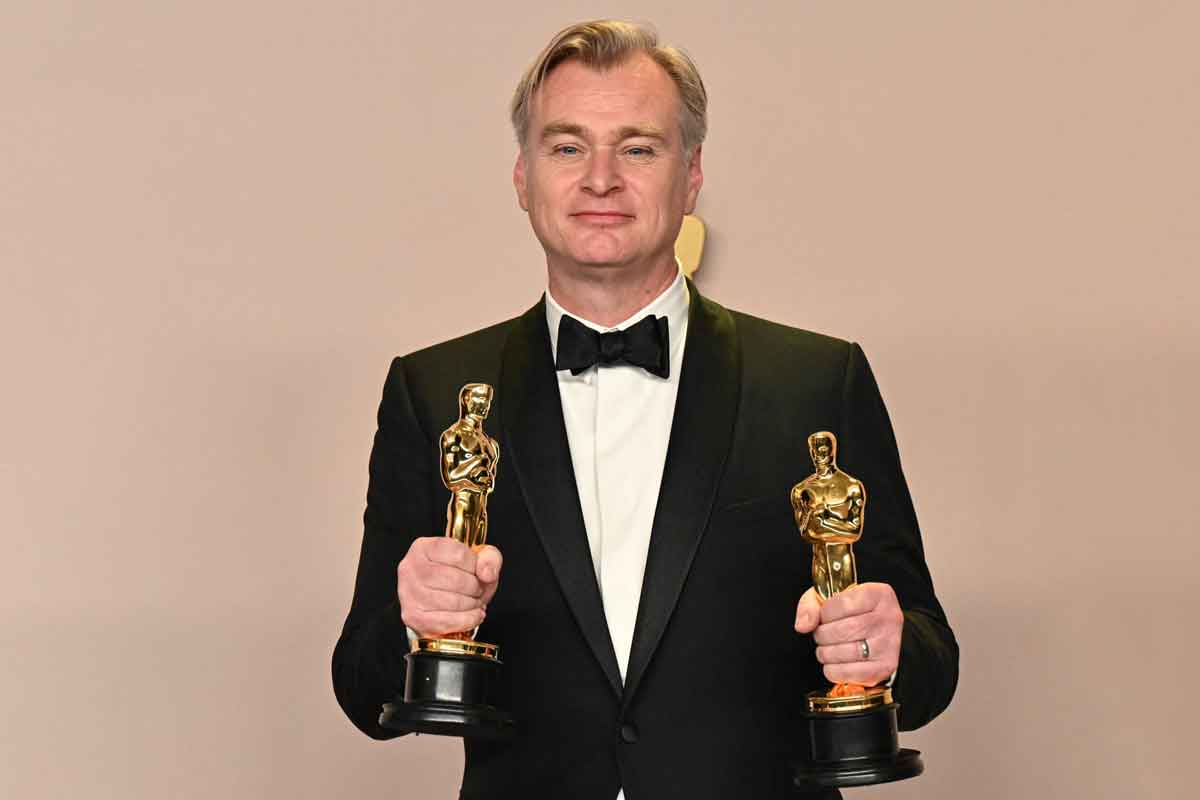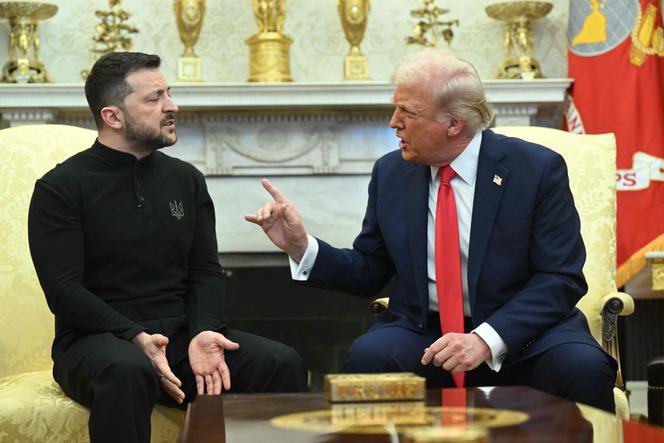Trump and Zelensky: Analysis of the political relationship
The political relationship between Donald Trump and Volodymyr Zelensky has seen significant shifts and is characterized by friction, public disagreements, and recent attempts at diplomacy. Following Trump’s return to the presidency in 2025, their dynamic has been shaped by the ongoing war in Ukraine and Trump’s stated goal of ending the conflict quickly. [1, 2, 3, 4, 5]
Key moments in 2025
February: Relations hit a low point after a tense Oval Office meeting.
- The meeting reportedly devolved into a shouting match, with Trump calling Zelensky “disrespectful” and accusing him of “gambling with World War Three”.
- Trump also called Zelensky a “dictator,” and Zelensky accused Trump of being in a Russian “disinformation space”.
- Following the heated exchange, the U.S. “paused and reviewed” military aid to Ukraine. [1, 6]
March–September: A period of rebuilding followed the February confrontation.
- The initial fallout prompted Zelensky to issue a statement calling the incident “regrettable” and acknowledging Trump’s “strong leadership”.
- In October, the relationship appeared to have “taken a U-turn” toward a more cordial but still complex dynamic. Zelensky has publicly praised Trump’s diplomatic abilities, drawing a parallel to a ceasefire he brokered in the Middle East. [1, 2, 7, 8]
October: A White House meeting on October 17, 2025, showed a warmer tone but highlighted policy divisions.
- During the meeting, Zelensky sought long-range Tomahawk cruise missiles from the U.S. to strike deeper into Russia.
- Trump, however, denied the request for now, citing concerns about escalation.
- Instead of escalating the military aid, Trump advocated for a ceasefire along the current battle lines, leaving final victory to be decided by “History”.
- Zelensky publicly agreed that a ceasefire was necessary before further talks, but he has not dropped his demands for long-range missiles.
- The meeting took place just one day after a phone call between Trump and Russian President Vladimir Putin, during which Putin warned against supplying Ukraine with Tomahawks. [8, 9, 10, 11]
Policy differences and diplomatic goals
Despite recent improvements in the personal rapport between the two leaders, there are clear differences in their diplomatic goals.
- Trump’s “peace plan”: Trump has long maintained he could end the war “very quickly,” a sentiment he reiterated during his 2024 campaign and in recent meetings. His current strategy appears to be a rapid ceasefire along the existing front lines to bring both parties to the negotiating table, mirroring his recent approach in the Middle East.
- Zelensky’s objectives: Zelensky’s primary goal remains securing Ukraine’s territorial integrity. While acknowledging the need for negotiations, he is pushing for greater military aid, including advanced missiles, to strengthen Ukraine’s position. Ukraine’s acceptance of the ceasefire is likely tactical, aimed at maintaining a working relationship with the U.S. while seeking security guarantees and long-term aid.
- The path forward: Following the October meeting, Trump plans to meet separately with Putin and Zelensky in Budapest to facilitate peace talks. This signals an ongoing, yet uncertain, diplomatic process rather than a clear resolution. [1, 8, 11, 12, 13]
AI responses may include mistakes.
[2] https://www.theatlantic.com/national-security/archive/2025/10/trump-deal-ukraine-zelensky/684609/
–
Read also these AI Conversations:
- Zelensky was kicked out of the White House. Again
- Zelenskyy at a “tense” meeting in Washington
- Does Trump’s “special fondness” for Putin get in the way of his peacemaking?
- Putin’s spokespeople are threatening Trump’s Mar-a-Lago with missiles from Cuba
- Ukraine and the political vindictiveness of Donald Trump
- The political vindictiveness of Donald Trump
- Trump and the art of the political betrayals
- No Tomahawks for Ukraine
- Putin Offers Ceasefire Deal for Ukraine
_____________________________________________________________
Articles and Tweets


